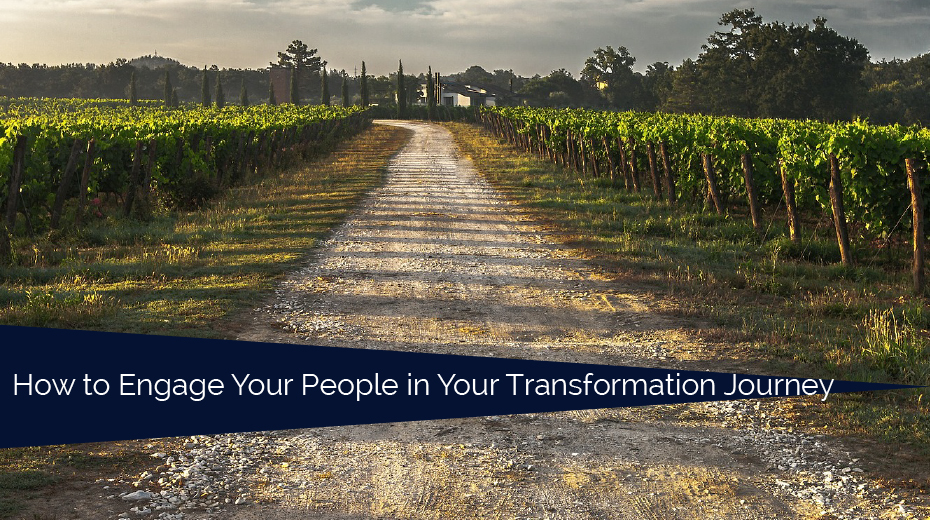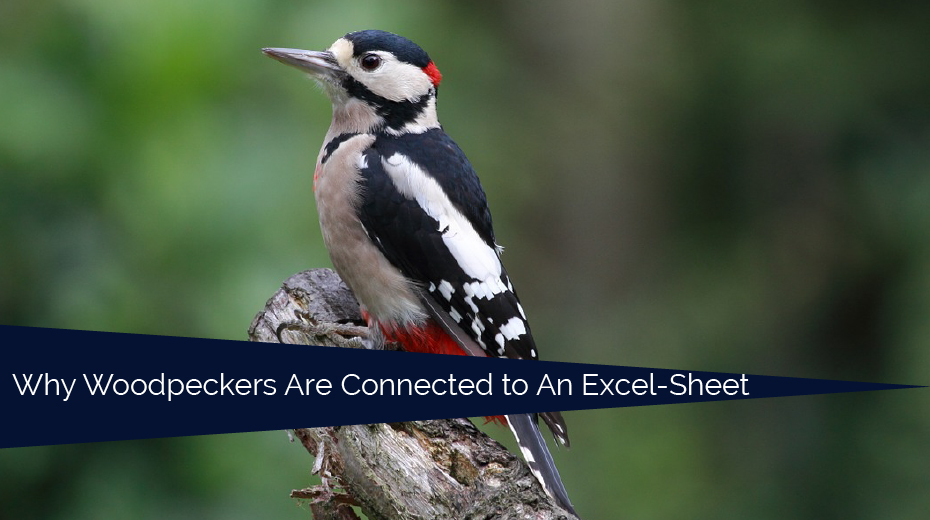How can we minimize danger and maximize reward?
There are many change management models such as the eight steps Kotter’s change model, the ten steps AIM (Acceleration Implementation methodology) or the five steps ADKAR model (Awareness, Desire, Knowledge, Ability and Reinforcement). They are all good change models and if adapted properly, work well in corporations. However, they are like kind of static.
In the old world, maximizing rewards reminds us to the carrot and stick approach. This is still very popular in the financial industry, where exorbitant bonuses and external awards are used to motivate and engage people.
As a change lead, you want to influence other people to reach the overall objective. How can you achieve this, if you do not know how other people behave under stress?
In the last couple of years, brain research becomes more and more important towards change management. This helps us to understand how people tick and therefore helps us in managing our change and transformation programs.
What we already know about the brain is the neocortex, which has two hemispheres. The left brain hemisphere largely facilitates logical and scientific thought, while the right brain hemisphere largely facilitates creativity and compassion. When both are in balance, the neocortex acts in its proper role as the executive command center of the human brain, and true intelligence (Intellect + Creativity) is born.
The interesting thing, which brings brain research and change management together is stress on one hand and balance with inner well-being on the other hand.
The mind, brain and the immune system work together very closely. Our immune system is in constant interaction with our thoughts, our behavior and our feelings. Stress is an alarm clock that lets you know you are attached to something that is not true to you. Chronic stress, such as in relationships or in the job not only makes us more vulnerable to infections, but can also significantly shorten our lives. In the long term, it leads to serious diseases such as cancer and burnouts.
On the other hand, positive news, as well as spiritual balance and inner well-being, mobilize our self-healing powers, which prevent diseases. When undergoing change programs, we should look at people as a whole, not only what functions they need to fulfil.
What is the SCARF Model?
The brain constantly scans the environment for social threats or rewards. The SCARF Model maps this monitoring and its social impact across five domains: status, certainty, autonomy, relatedness and fairness.
David Rock has developed this model based on the scientific knowledge of brain research. It is a brain-based model for collaborating with and influencing others.
The model builds on three criteria:
- The brain treats social threats and rewards with the same intensity as physical threats and rewards.
- The capacity to make decisions, solve problems and collaborate with others is reduced by a threat response and increased under a reward response.
- The threat response is more intense and common. It often needs to be carefully minimized in social interactions.
What does this mean?
In a world of increasing interconnectedness and rapid change, there is a growing need to improve the way people work together. Understanding the true drivers of human social behavior is becoming ever more urgent in this environment.
In other words, social needs are treated in much the same way in the brain as the need for food and water.
The SCARF model summarizes these two themes within a framework that captures the common factors that can activate a reward or threat response in social situations.
This model can be applied (and tested) in any situation where people collaborate in groups, including all types of workplaces.
People are most efficient under minimal threats and maximized rewards. The change leader ensures that during the change program, the five domains reduce threats and pushes them towards rewards. This will result in more committed people towards the change.
Therefore, you can use the SCARF model to plan interactions with other people in such a way that you minimize threats and maximize rewards in each of the five areas.

Status
Status is about the relative importance to others. Where do you stand regarding other people? How important are you? Where do you stand in the unofficial organization chart? For some people, status is more important than money. In many conversations, people attack the status of the other person.
For example, instead of explaining to a person what they can do better, the change lead should allow people to give themselves a feedback. Pay attention how the person provides feedback. People often drop into the “justify-mode”. In this case, I stop them and tell them to speak normally. There is no need to justify their actions. This increases their status.
Certainty
Certainty is about being able to predict the future. The brain perceives uncertainty similar to a dangerous situation since it always tries predicting what happens next. Nowadays, things become less and less predictable, which is raises high stress.
The change lead needs to ensure people understand the expectations from the change program and aligns with the management to provide transparency what happens next. This creates more security. In some cases, the management does not have the courage telling the truth or simply cannot predict the future because there are too many uncertain factors. In this case, the change lead communicates the reasons why there is no information as this already reduces uncertainty.
Autonomy
Autonomy provides a sense of control over events. The brain reacts with stress signals when we have no control over a situation. However, the stress level is massively reduced when people have control and choices, regardless of the difficulty of the situation.
The change lead works out alternatives and makes sure that people have the feeling of choice.
Relatedness
Relatedness is a sense of safety with others: are you a friend or an enemy? When meeting unknown people, the brain first reacts with a danger signal. However, once introduced, the stress level drops sharply. People need a sense of belonging. The brain distinguishes between groups of “like us” and “not like us”. This leads to the known silo thinking of “us” and the “others”.
The change lead promotes cross-organizational collaboration. You need to build trust with the key people from different departments not only within the people affected by the change. Otherwise, they prevent collaboration and the change project will fail.
Fairness
Fairness is the perception of fair exchange between people. The appropriate and fair exchange activates those areas in the brain that respond to recognition. On the other hand, threat is activated when people feel unfair exchange or compensation.
The change lead shows fairness through transparency and makes sure, people remain fair during exchange and compensation.
The change lead ensures the coverage of the five domains by focusing on the rewards and overcoming the threats.
In my next article I will explain how you can apply the SCARF model to your project.





